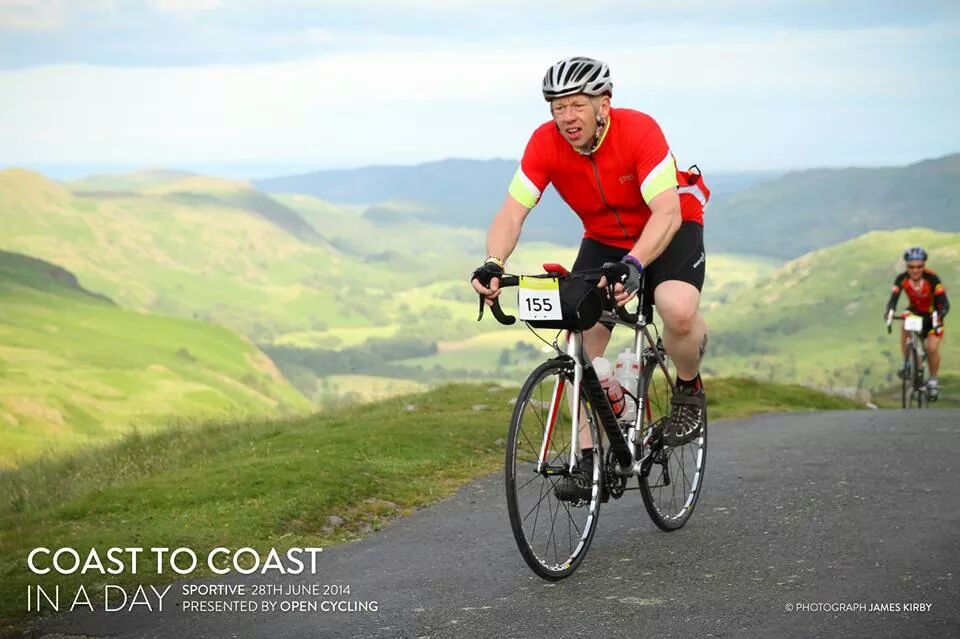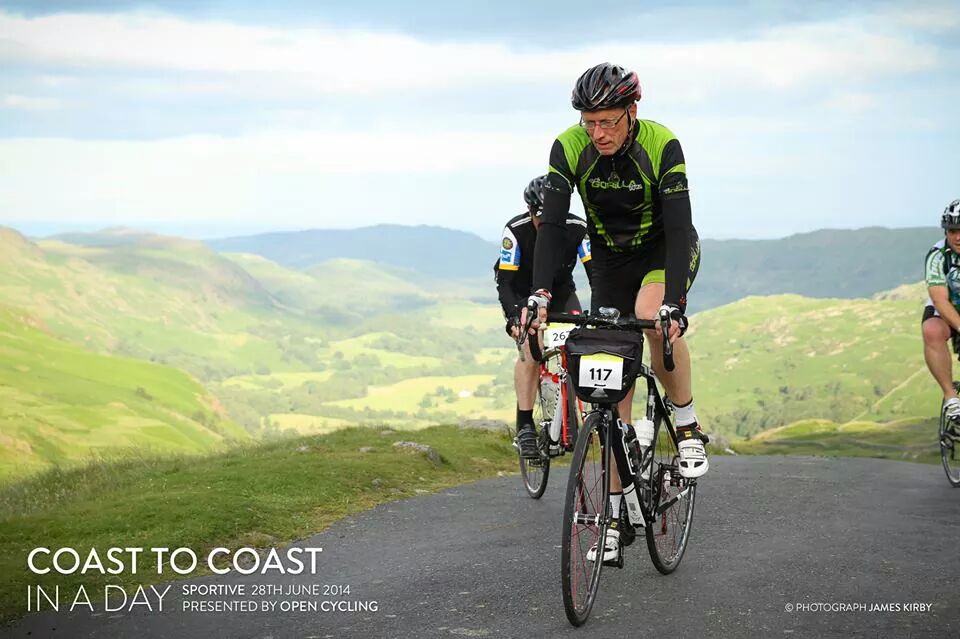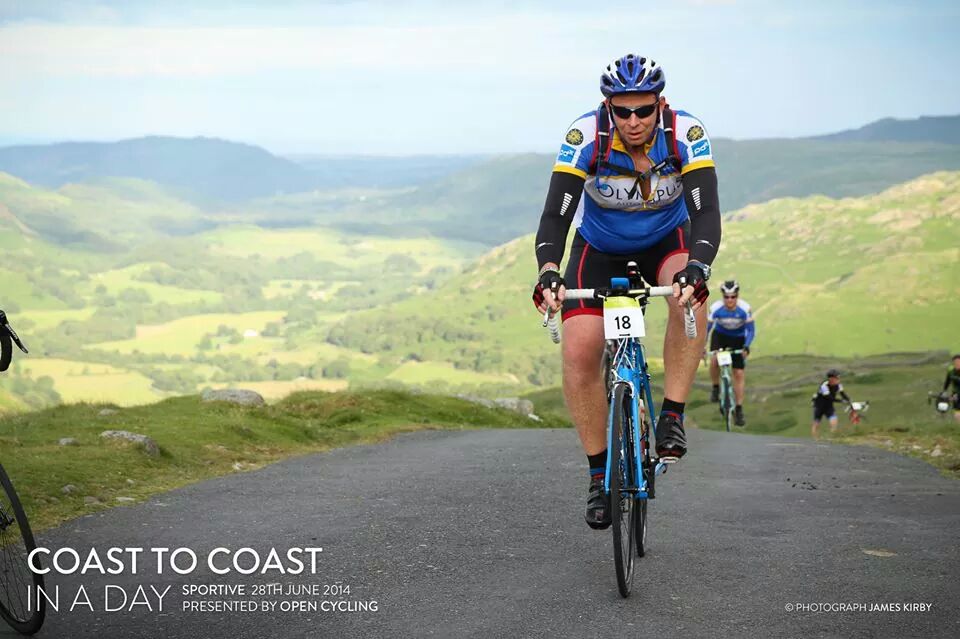Steam Infusion shortlisted for FDF Innovation award
Steam Infusion from Olympus Automation (OAL) has been shortlisted for the Food and Drink Federation (FDF) Innovation Award based on its ability to deliver significant and innovative change to the food industry.
Steam Infusion is a revolutionary heating and mixing process that uniquely infuses steam into liquid food products in a vacuum. Early adopters of Steam Infusion include Greencore and Larco Foods who have generated significant business benefits from the technology. explains,
“Steam Infusion has allowed us to nearly double our previous throughput rates in sauce production. On top of this our meat sauce quality and consistency has improved dramatically.”
Further research and development is being undertaken in a £1 million UK government funded Nutrition for Life project at the Steam Infusion Test Centre in the National Centre for Food Manufacturing, Holbeach.
The unique Steam Infusion environment has been found to increase the flavour profile of food products in commercial trials indicating salt and other ingredients can be reduced without having a negative impact on flavour. The Nutrition for Life project seeks to provide the scientific understanding of the level and nature of the changes brought about by the steam infusion process and the nutritional advantage to be gained.
OAL will be presenting initial findings from the Nutrition for Life project at the PPMA show 2014 running from 30th September to 2nd October 2014. As well as the OAL team, academics from the University of Lincoln will be on the stand to answer questions on Steam Infusion and the project.
OAL team completes epic cycle ride
When OAL became the lead sponsors for ‘Coast to Coast in a Day 2014’ we didn’t anticipate the enthusiastic response from our employees and customers alike! The gruelling one-day event consists of riders enduring 150 miles of cycling through the mountainous Lake District, the Vale of York, and the Northern Valleys of the North York Moors, finishing in Whitby. Harry Norman, Managing Director at OAL, set the pace completing the ride in a time of 11 hours 49 minutes, with the full results available here. The team were raising money and awareness for the British Heart Foundation, while reflecting our commitment to sustainable solutions.
Inspiring sustainability
Harry has a passion for cycling, and felt the Coast to Coast event was a fantastic opportunity to showcase the sustainable elements of OAL. Harry commented;
“We like to get involved with events that clearly demonstrate how we do things differently as a company. The passion and dedication to complete the Coast to Coast event alongside the fact it is completed on bikes, aligns itself well with the company as we’ve made numerous strong commitments to sustainability. Furthermore, our Steam Infusion cooking technology has the potential to reduce salt from ready meals and many other products, and so it seems fitting raising money for the BHF, given the links of high salt content with heart disease.”
A picture paints a thousand words
See the gallery below for pictures of the guys reaching the top of Hardknott pass, Britain's toughest cycle climb with a height gain of 298m and 30% gradients!
What's driving the UK bakery industry forward?
Parts of the UK bakery industry have recently made significant investments to replace ageing bakery lines with highly efficient new equipment. As the part of this five-year investment, Olympus Automation has been the largest UK supplier of turnkey flour and minor addition plants with a total market value circa £30 million. State-of-the-art systems use the very latest vacuum technology and are achieving world class accuracy as well improved energy efficiency. The systems incorporate hygienic design throughout which has been optimised for minimal maintenance.
As in most industries there is a major drive for exceptional efficiencies, be this in the form of waste reduction or improved efficiency. There is also a great desire to improve product quality and have the flexibility to meet consumers’ demands for more varied bread products with additions of minor ingredients. Unrelenting consumer demand means that during projects bakeries have to maintain a 99% order fulfilment presenting significant challenges that Olympus Automation had to overcome.
How to achieve a fantastic product?
Fantastic bread is soft, has a good crumb structure and retains a high degree of freshness. Aside from excellent raw materials an accurate and automated process is critical in delivering a consistently great product. Superior SCADA control and automation has facilitated big improvements in the consistency of product as the process becomes highly controlled and dependable.
Waste reduction
Accurate dosing and monitoring of total plant performance allows plants to understand and target waste at their sites in a much more dynamic manner. SCADA plant visualisation clearly highlights areas of waste and loss in performance, prompting action. Improved powder handling and dosing accuracy reduces material and energy waste.
“To be excellent, everything that you do needs to be excellent. A big part of being excellent comes down to the design of the bakeries in which all aspects of safety, efficiency and ergonomics were considered. The powder handling systems installed are innovatively designed to maximise performance within the bakeries and achieve outputs of 10,000 loaves per hour.”
Maintaining order fulfilment
Due to the high demand for product in the UK, maintaining order fulfilment whilst major projects are being undertaken is of the highest priority. Manufacturers cannot afford to disappoint customers with missed order when investing for the future. Tackling this requires a very high attention to detail in the planning phases and execution to plan or orders would be missed. Robust systems and experience in the industry allows suppliers like ourselves to consistently deliver to plan.
Product variety
The industry has become more finely tuned to consumer’s different tastes and nutritional demands and matching this demand requires more variety and flexibility from bakeries. Minor additions to recipes have become critically important in offering many different varieties of loaf, with recipe content such as fat, yeast and provers changing to reflect individual’s preferences. These variations force bakeries to adopt robust automation systems to ensure recipes are correctly adhered to and orders fulfilled.
New liquid dosing technology
Outdated liquid dosing systems in bakeries have led to unnecessary ingredient wastage and slow delivery times. Patented Batchmate™ technology offers a saving of at least 10% on raw ingredients with an unequalled liquid dosing accuracy of 5g in volumes up to 2kg and 0.1% in all volumes above. Dosing time is reduced by 20% compared to traditional methods because the system allows for a significantly higher velocity of delivery.
If you’re ready to transform your operations too, it pays to work with an experienced partner. Speak with our experts today and we can help you get started!
Successful 3D factory walk-through at the MTC
Olympus Automation successfully demonstrated a 3D food factory walk-through at the prestigious Manufacturing Technology Centre (MTC), Coventry. A point cloud scanned from the National Food Manufacturing Centre was imported into the cave, a virtual reality suite at the MTC, allowing users to literally walk around their factory, pictured above.
CAD objects generated in SolidWorks can be dropped into the factory, allowing customers to see how projects will look and work to a far greater detail than ever before. For instance a Steam Infusion System can be dropped into an existing food area so customers can see first hand how it fits and see the significant reduction in system footprint.
For Autocoding, panel placement can be simulated in the cave to optimise usability for shop floor workers, improving efficiency on the shop-floor.
With food manufacturers constantly striving to improve the ergonomic efficiency and health & safety of food areas, virtual reality factories present a great opportunity to accurately visualise and enhance designs and layouts of food factories prior to installation.
Driving exceptional efficiencies in the food industry
Olympus Automation has taken delivery of ten Volvo V40s, Five years into a strategy of running one of the most socially responsible green car fleets (25+) in the Food industry, With a large number of cars needing to be changed due to a combination of age and mileage, after extensive trials the Volvo V40 D2 (88g CO2) was chosen based on an estimated 30% improvement in real world economy and class leading CO2 emissions.
A key driving factor was the best in class safety for both Olympus Automation personnel and the wider community. The cars are all fitted with Volvo's award winning City Safety Technology and additionally the Blind Spot Information System, Lane Keeping Aid and Driver Alert Control.
The net result is an innovative fleet of exceptionally efficient and safe cars that perfectly complement our range of engineering solutions.
Harry Norman, CEO, explains "Company cars continue to be one of largest sources of carbon and improving it by up to 30% is great. Adding the optional safety features mean that we have done as much as we practically can to reduce the risk to our people and the wider community"
Olympus Automation dominates Food Processing Awards
Olympus Automation were nominated for 4 Awards at the 2013 Food Processing Awards and had success in all, including a WIN for our excellent Autocoding product. The dominance of the event was picked up by the after dinner comedian, Hardeep Singh Kohli, who continued to push the Olympus Automation name during his set. Everyone who attended certainly knew a lot more about Olympus Automation at the end of a very successful evening. Click here for the full Food Processing review of the awards ceremony.
Will 3D factory scanning improve food factories?
3D scanning is used extensively for industrial design and in the production of movies and video games but does it have value for use in the food factory? In the ideal world every factory would have accurate, fully dimensioned, 2D/3D drawings of every part of the facility so that new plant modifications can be easily designed. Whilst this will be in place for new plants, at OAL Group we have found in most cases the first step for plant remodeling, is a time consuming measurement and drawing process.
For complex plants this takes too long and it can be difficult to attain high levels of accuracy. This lack of visibility often means that initial discussions of new layouts, at a senior level, are delayed or made worse by relying on inaccurate layouts.
How does 3D scanning work?
The most common scanners for this purpose are tripod based with a rotating scanner and camera, with the camera there to colour the scan points. The laser scanner uses phase shift to measure the distance between points from the scanner location. At each position the scanner captures hundreds of thousands of measurement points per second in a full 360° data capture, creating a complete sphere pattern of dot positions. As equipment within the room obscures the scanning process multiple scans from different position are required to obtain information about all sides of the area contents.
Once multiple scans for a single area are complete post processing stitches together millions of data elements into a ‘point cloud.’ The process is then repeated for other factory areas with post processing including joining individual ‘point clouds’ together creating a ‘project point cloud’ of the entire site.
The outcome
The results of the process permits a 3D ‘walk through’ of ‘as installed’ plant to a measured accuracy of up to 2 mm, with the ability to dimension and add annotations to any 3D element. That means plant remodeling is based on accurate data making the design process much quicker. It also means that reverse engineering of assets and components is possible. Whilst 3D CAD uses are likely to have powerful workstations to access the files, standard users are supported by a secure web application allowing unlimited views within the organization on standard desktop pcs.
The accuracy is so good that at a recent exhibition many visitors thought the 3D scanned images where videos until they were shown how to ‘walk-through’ and measure elements.
3D scan to CAD is twelve times faster than manual measurement
Applications in the factory
Whilst 3D scanning for video games and the entertainment industry may be exotic, there are many uses that could be considered for factory use with implications across a number of key disciplines in the industry.
Import to 3D CAD
This is probably the most obvious requirement for project engineering and maintenance teams. The 3D scan to CAD process is twelve times faster compared to manual measurement with much higher accuracy rates. The point clouds are imported into software that sections the point cloud and uses the points to create geometry, a bit like tracing in 3D. The days of tape measure, paper and camera to create CAD layouts must surely be coming to an end.
The three step process of 3D scan - Point cloud - 3D Cad means that by step 2 the 3D walk-through and ability to dimension and annotate is available within a few hours. That means benefits are gained whilst work continues on the final step, the import to 3D Cad for further design work.
It is estimated that, whilst import to CAD is important, a much as 60% of the benefit for the factory team could be gained once the point cloud has been created at step 2.
Supplier review
Want a potential supplier to quote for plant modifications but don’t want him to see the full site? Don’t have time for the supplier to arrange a site visit? Give him secure web access to a restricted part of the plant from his own location. The ability to walk-through and dimension allows both parties to view simultaneously and compare ideas and thoughts on line. That allows more potential suppliers to be involved and reduces the time to project quotation.
Reverse engineering
Have failed asset components from obsolete equipment, or missing CAD files from an old project? Use 3D scanning to quickly digitise a part and create a fully surfaced CAD model which can then be used to reproduce a local copy. There is no effective limit in terms of size, with larger and more complicated items just needing more scans.
Plant reviews
The regional management team wants to quickly review plant layouts. Of course a ‘Genba or Gemba’ visit to the manufacturing floor is better but for an initial check or quick safety review a 3D walk-through will be quicker and much more realistic. The ability to dimension also means that initial assessments can be made to see if the new kit could possibly fit in that position.
Asset register
Creating an asset register from scratch takes a long time and it’s not unusual for the process to take months. Whilst a 3D scan won’t identify the plant nameplates or serial numbers it’s a great start and will speed up the equipment identification process. Database links can be made in both directions with the 3D scan point cloud able to load an asset register and the asset register, in turn, able to load the 3D scan point. The is no reason why the process cannot be part of maintenance checks with the inspection content linked to, and taking the engineering to, a precise location in the 3D scan point cloud for a physical review.
Incident investigation
One final application you may hope not to use. Forensic crash investigation allows data to be recorded for office based analysis and supports vehicle deformation comparison against standard measurements. Could those techniques be used for industrial incidents, almost certainly?
Being able to walk-through an accurate 3D layout increases plant visibility significantly, it’s as close as you can get to being there in the room. The tools are here to stay with more uses being identified daily. Try it out and you'll wonder how you managed without it.


















